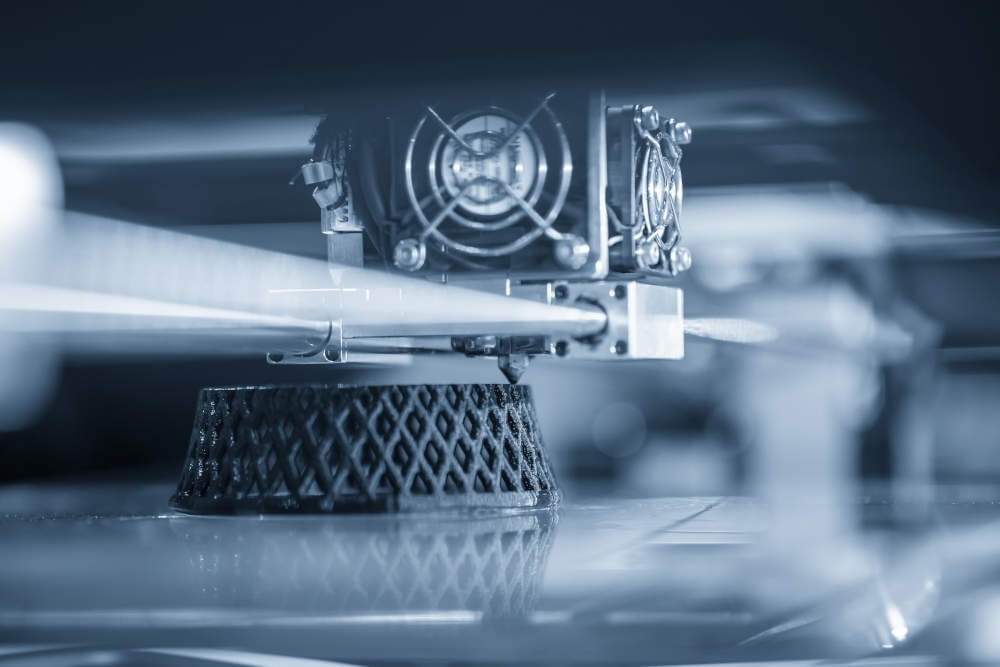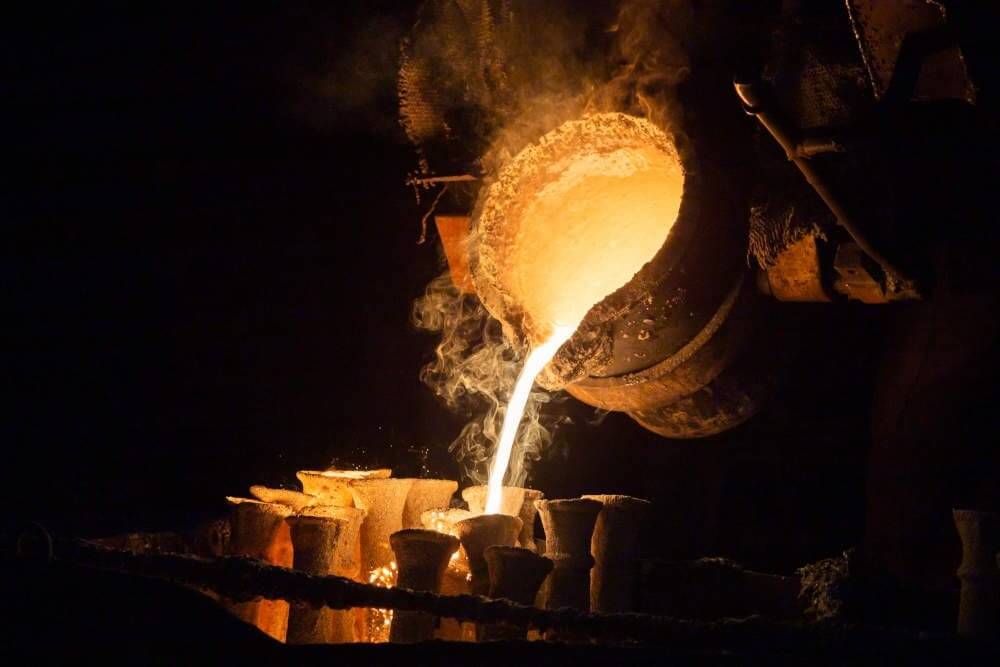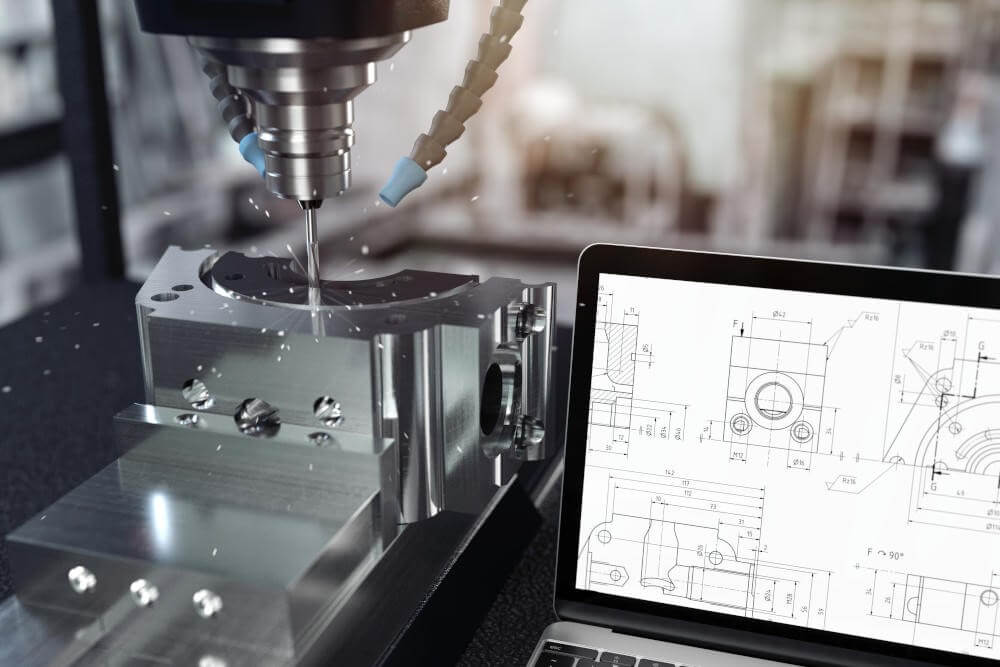Introduction to Methods of Aluminum Prototyping
Aluminum is one of the most popular metals for product designers due to its desirable physical properties and excellent machinability. However, even if you have designed an aluminum component or part, you don’t want to start manufacturing those parts without making a prototype. But the thing is, you have a lot of options when it comes to aluminum prototyping, including CNC machining, 3D printing, and investment casting. Each method has its advantages and disadvantages. The wrong choice can result in high machining and manufacturing costs, as well as unusable and unusable parts.
This article describes three common aluminum prototyping methods. But to help you understand which method is best for your prototyping project, we must first consider the different forms that aluminum prototypes can take.
1.Different Forms of Aluminum Prototyping
Prototypes are generally of three types:
1) Alpha Prototypes
These are the most basic type of prototypes. They are usually not functional and are used only to present an idea or concept in a visual form.
2) Beta Prototypes
They are functional prototypes that are very close to the final product or part. These prototypes are usually tested to rule out design flaws.
3) Production Prototypes
They are fully functional prototypes that have been improved based on the results of the Beta prototype testing. These prototypes will be identical to the final component.
2.Three Different Ways to Make Aluminum Prototyping
Method 1: CNC Machining
CNC machining is one of the most common machining methods for making aluminum prototypes. The process relies on computer input to precisely control machining tools to remove sections of the aluminum workpiece, leaving behind the desired part. But what’s so special about the CNC machining process? When should you use it?
CNC machining produces high-quality, smooth surface finishes, good repeatability, and compatibility with a wide range of aluminum alloys. What’s more? Because the CNC machining process starts with the creation of a 3D CAD model, you can quickly change designs between prototypes without affecting delivery times. CNC machining is particularly well suited for test and production prototypes. Using a 5-axis CNC milling machine, you can create complex prototypes that are difficult to handle with other machining methods.

Method 2: 3D Printing
3D printing is another popular method for making aluminum prototypes. 3D printed aluminum prototypes can be made using direct metal laser sintering (DMLS) technology. Here, powdered aluminum particles are sintered together in layers using a high-powered laser to form the desired shape.
Like CNC machining, 3D printing relies on 3D CAD models to accurately create aluminum prototypes. Its minimum feature size ranges from 0.25 mm to 0.8 mm, allowing for the manufacture of complex geometries with complex internal cross-sections. However, 3D printing aluminum prototypes is not cheap and often requires additional surface treatment.
The cost of making aluminum prototypes through 3D printing is generally higher than CNC machining. Therefore, 3D printing is more suitable for making small parts, especially beta and production prototypes. They can also be used to make alpha prototypes if you do not make frequent design changes.

Method 3: Investment Casting
Investment casting, also known as precision casting, is a centuries-old casting process used to make aluminum prototypes. In this process, aluminum parts are made by pouring molten aluminum into a mold created from a wax pattern.
Investment casting has excellent surface finish, tight dimensional tolerances, and is compatible with a wide range of aluminum alloys. In addition, investment casting has lower material waste than CNC machining. The only disadvantage of this process is the size limitation. If you’re looking to manufacture large aluminum parts, it may not be your best choice.
While investment casting can be used to machine alpha, beta, and production prototypes, it’s best suited for manufacturing small, complex parts in large quantities. This is because the unit production cost is lower with larger order volumes.
Selecting a machining method for your aluminum prototype project is only the first step; the success of your project depends largely on your manufacturing partner. You want to work with a prototype manufacturer that has state-of-the-art machining equipment and experienced machinists.
